‘Love of the human form’, writes the painter John Lessore, ‘must be the origin of that peculiar concept, the Life Room.’ Then he goes on to exclaim on the loveliness of that name. It is indeed a venerable institution with a delightful description: a place devoted to looking at life — or, at any rate, to earnest attempts to depict people without a stitch of clothing.
Currently two exhibitions in Norwich — at Norwich Castle Museum and Norwich University of the Arts — by Lessore and another distinguished painter, John Wonnacott, focus attention on this time-honoured practice, apparently remote from the contemporary art world of video, installation and performance. Between 1978 and 1986 Lessore and Wonnacott taught at Norwich School of Art, and presided over a Life Room famed at the time for its seriousness and dedication. For a period, model teachers and students would begin at 7.30 in the morning, so as to take advantage of the beautiful morning light.
Several paintings at Norwich Castle Museum are representations of the process of teaching itself; you might even say meditations on it. Wonnacott’s ‘The Life Room’ (1977–80) employs his trademark zooming perspective to take in the entire space (he appears to be a rigorous realist, but is not, in fact, since his pictures include much more than we are normally aware of). In the distance, the naked model sits on her throne, an intent circle of students around her, while closer to the viewer Lessore is presiding pensively over the entire process.
It was, indeed, something well worth reflecting on. For several centuries, until the 1970s, the Life Room was at the centre of art education. Night after night, years after he had ceased to be a student, John Constable would make his way to the Royal Academy to draw from the nude (his mother warning him against doing so in wet socks during the winter months). Although his ambition was to be a landscape painter, he did this no doubt because it was the accepted way to learn to draw.
Drawing, moreover, is not simply a manual skill — as sometimes assumed — but a training in how to see. David Hockney, who went through the same process more recently than Constable, recalls that when he was a student he’d begin drawing the model. ‘After half an hour the teacher would come round and then he’d start drawing, say, a shoulder. And as he drew I would think, “Well, he’s seeing more, I’m not looking hard enough.”’
Drawing is not an activity like skiing or making a soufflé for which there is an accepted procedure to follow. Frank Auerbach, to name a great living artist who works from life, draws in a fashion totally dissimilar from that of his friend Lucian Freud. Wonnacott and Lessore are both spectacularly brilliant draftsmen, as can be seen not only from the paintings on view, but also from displays of their works on paper. The former has an extraordinary sense of mass and a line that is both precise and powered by rhythmic energy. Lessore, in contrast, draws in a manner that is looser, freer and more ebullient. There are all sorts of ways of drawing, but still a clear distinction between doing it well, better — and magnificently.
The notion that there was one correct method of drawing — ‘academically’, as it was called — was one of the reasons why the old-fashioned art curriculum went out of style. With hindsight, it seems a grievous cultural loss.
In several of Wonnacott and Lessore’s paintings of the Norwich Life Room there is a plaster-cast reclining male figure removed by Lord Elgin from the east pediment of the Parthenon. Another cast, the mighty torso of the Apollo Belvedere — a favourite of Michelangelo’s — is in the centre of the first gallery at Norwich Castle Museum. Studying such remnants of the classical tradition used to be an integral part of learning to become a painter. In the 1970s most of them were thrown out, as the Life Rooms were mainly shut down.
The casts were the ying of art education, and the yang was represented by the unclothed body of the model: the naked truth (a phrase, and sight, to which Lucian Freud was profoundly attached). Whether or not his sitters were undressed, Freud used to say, was ‘a technicality’. But even if they were, he was aware of the naked limbs beneath the skirts and trousers. For this, some sense of anatomy was necessary. ‘You need a feeling for it,’ Freud told me. ‘Which doesn’t necessarily mean medically, but to do with movement and how limbs relate to each other and to the body.’
Generations of artists, starting at the time of the Renaissance, believed the same. Hence the articulated skeleton, which is to be seen lurking behind the youthful male model in Lessore’s ‘The Ageing Process’ (1984), which is an updated three ages of man — with a toddler and elderly chap also included in the composition — combined with memento mori. All of life, in other words, can be observed in the Life Room.
Got something to add? Join the discussion and comment below.
Get 10 issues for just $10
Subscribe to The Spectator Australia today for the next 10 magazine issues, plus full online access, for just $10.
You might disagree with half of it, but you’ll enjoy reading all of it. Try your first month for free, then just $2 a week for the remainder of your first year.

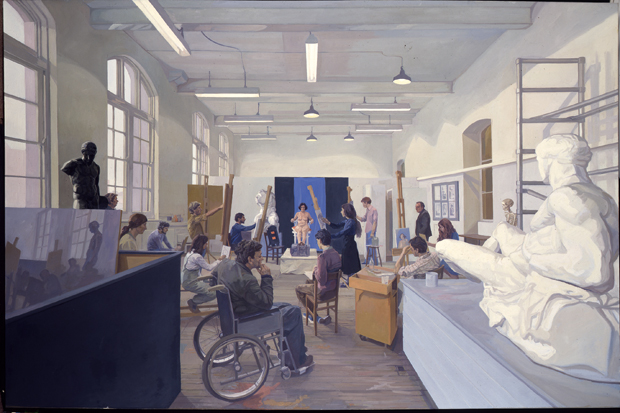
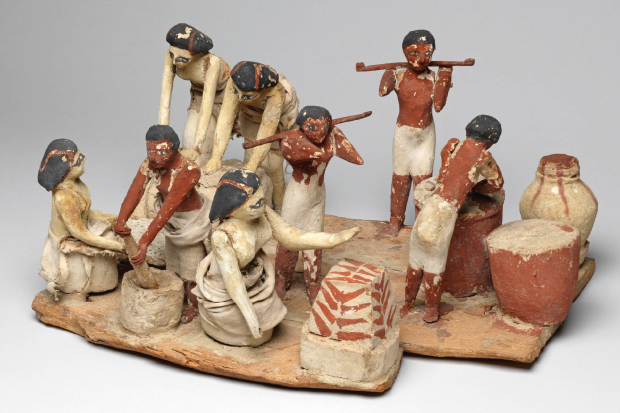
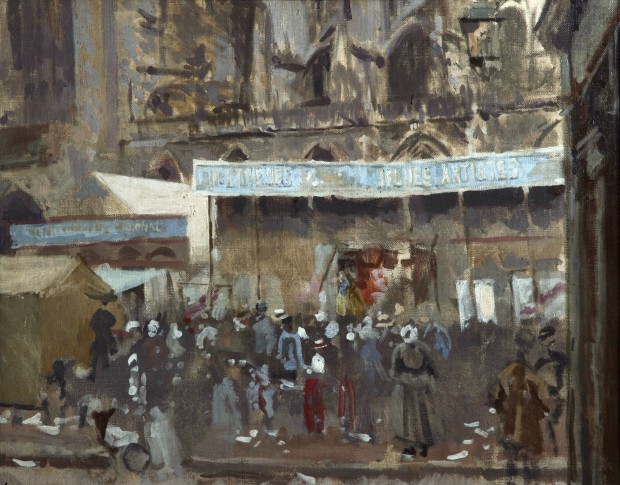


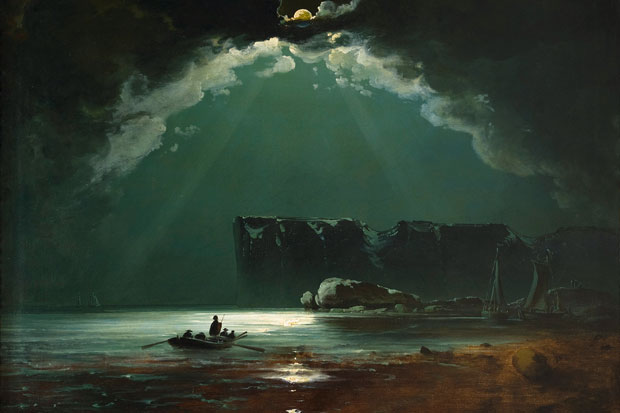
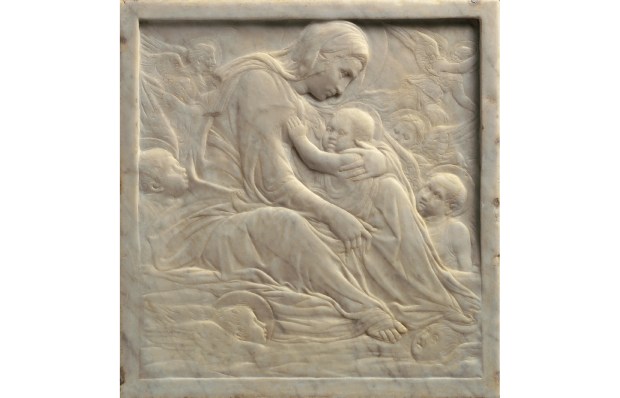






Comments
Don't miss out
Join the conversation with other Spectator Australia readers. Subscribe to leave a comment.
SUBSCRIBEAlready a subscriber? Log in